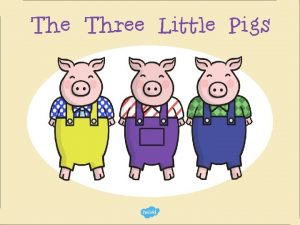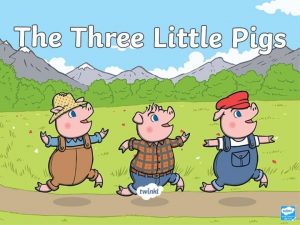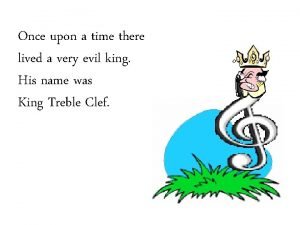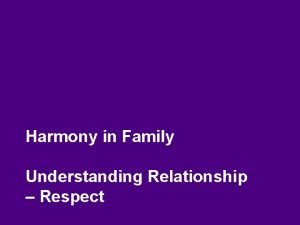Once Hutus and Tutsis lived in harmony in









- Slides: 9


• Once, Hutus and Tutsis lived in harmony in Central Africa. About 600 years ago, Tutsis, (warrior clans), moved south from Ethiopia and invaded the homeland of the Hutus. Though much smaller in number, they conquered the Hutus, who agreed to raise crops for them in return for protection. • The two groups lived as one, speaking the same language, intermarrying, and obeying a nearly godlike Tutsi king.

• Independence changed everything. Tutsis and Hutus fought to rule the country. Two new countries emerged in 1962 – • Rwanda, dominated by the Hutus • Burundi by the Tutsis • Ethnic fighting flared on and off in the following decades.


• BELGIUM CAUSED CIVIL WAR BY FORCING MEMBERS OF THE HUTU AND TUTSI TRIBES LIVING THERE TO CARRY IDENTITY CARDS SAYING WHICH TRIBE THEY BELONGED TO. MOST DID NOT KNOW WHAT TRIBE THEY BELONGED TO. • BELGIANS DECIDED IF YOU OWNED MORE THAN 10 COWS, YOU WERE TUTSI. • AS A RESULT, THE TUTSI GOT THE BEST EDUCATION AND JOBS. • CIVIL WAR BROKE OUT. THE TUTSI WON AND SET UP THE GOVERNMENT OF RWANDA IN 1994.


• In 1994, ethnic fighting in Rwanda led to the massacre of at least half a million Tutsis and sent more than a million Hutus fleeing to Zaire, Tanzania, and Burundi. • For two years Hutu militants, fearful of reprisals for the massacres, kept the refugees in exile. In October and November 1996, it became a crisis, as the civil war in Zaire, sparked by Hutu-Tutsi fighting, cut off more than half a million Hutu refugees from food and medical supplies.

• Tanzanian troops headed the refugees off and ordered them back. At the end of 1996, an estimated 300, 000 refugees were returning home. There were some reports of brief fighting, and of soldiers firing in the air and using tear gas, but for the most part the exodus seemed to be peaceful.

• Like Rwanda, the modern history of Burundi is marked by constant strife between Hutus and Tutsis. Hutus make up 85 percent and Tutsis 14 percent, but Tutsis had ruled until the country's first democratic election in 1993, won by a Hutu. • The election did not stop the civil war, and since then more than 150, 000 people have been killed. On July 20, 300 people, mostly Tutsi women and children, were massacred, allegedly by Hutu gunmen
 Once upon a time lived a princess
Once upon a time lived a princess Once upon a time there lived a fox
Once upon a time there lived a fox Once upon a time there lived an old man and an old woman
Once upon a time there lived an old man and an old woman Once upon a time the snake was king over all animals
Once upon a time the snake was king over all animals Once upon a time there were three little pigs
Once upon a time there were three little pigs Once upon a time there was a
Once upon a time there was a Once upon a time there lived three little pigs
Once upon a time there lived three little pigs There lived
There lived Once upon a time there was a girl called cinderella
Once upon a time there was a girl called cinderella There once lived a beautiful
There once lived a beautiful

















